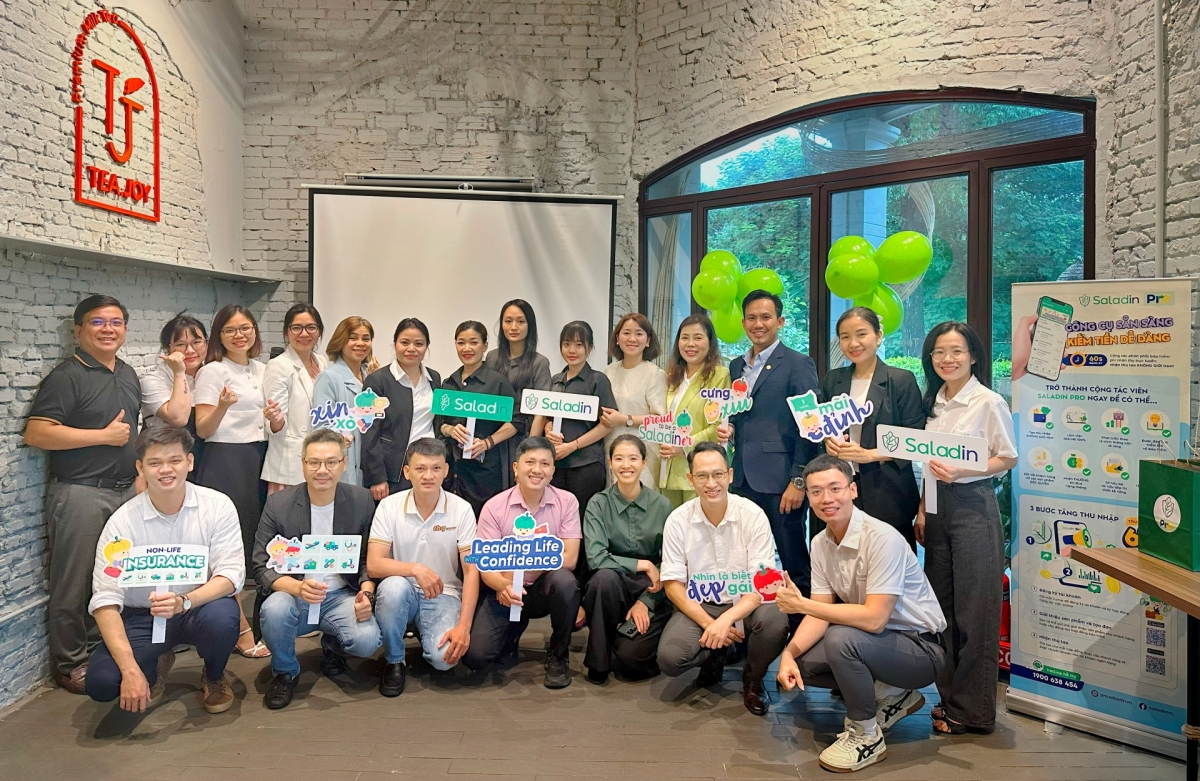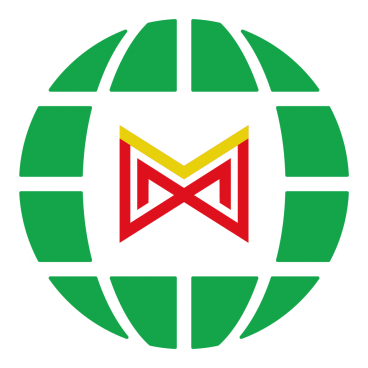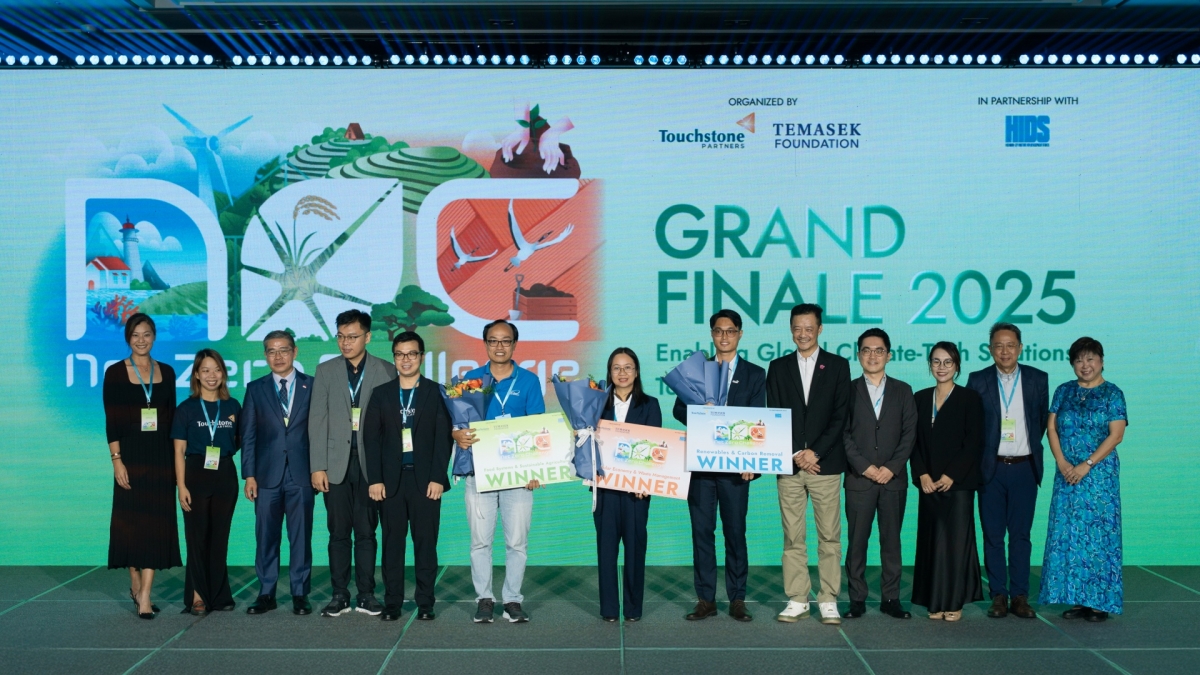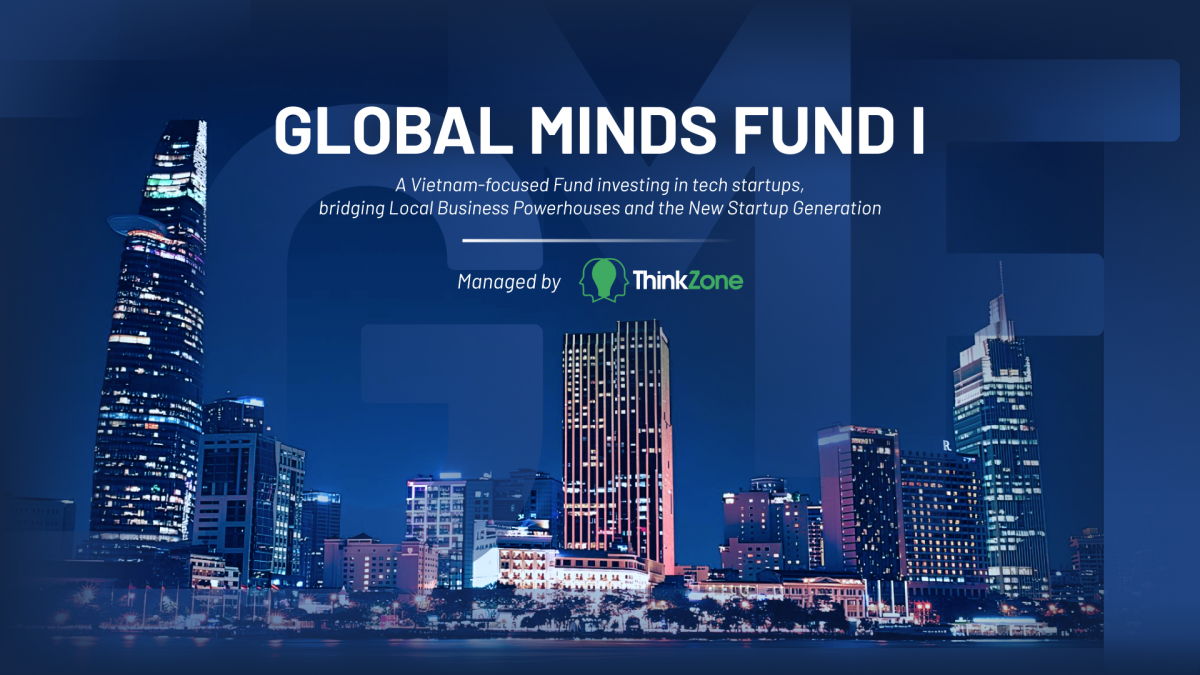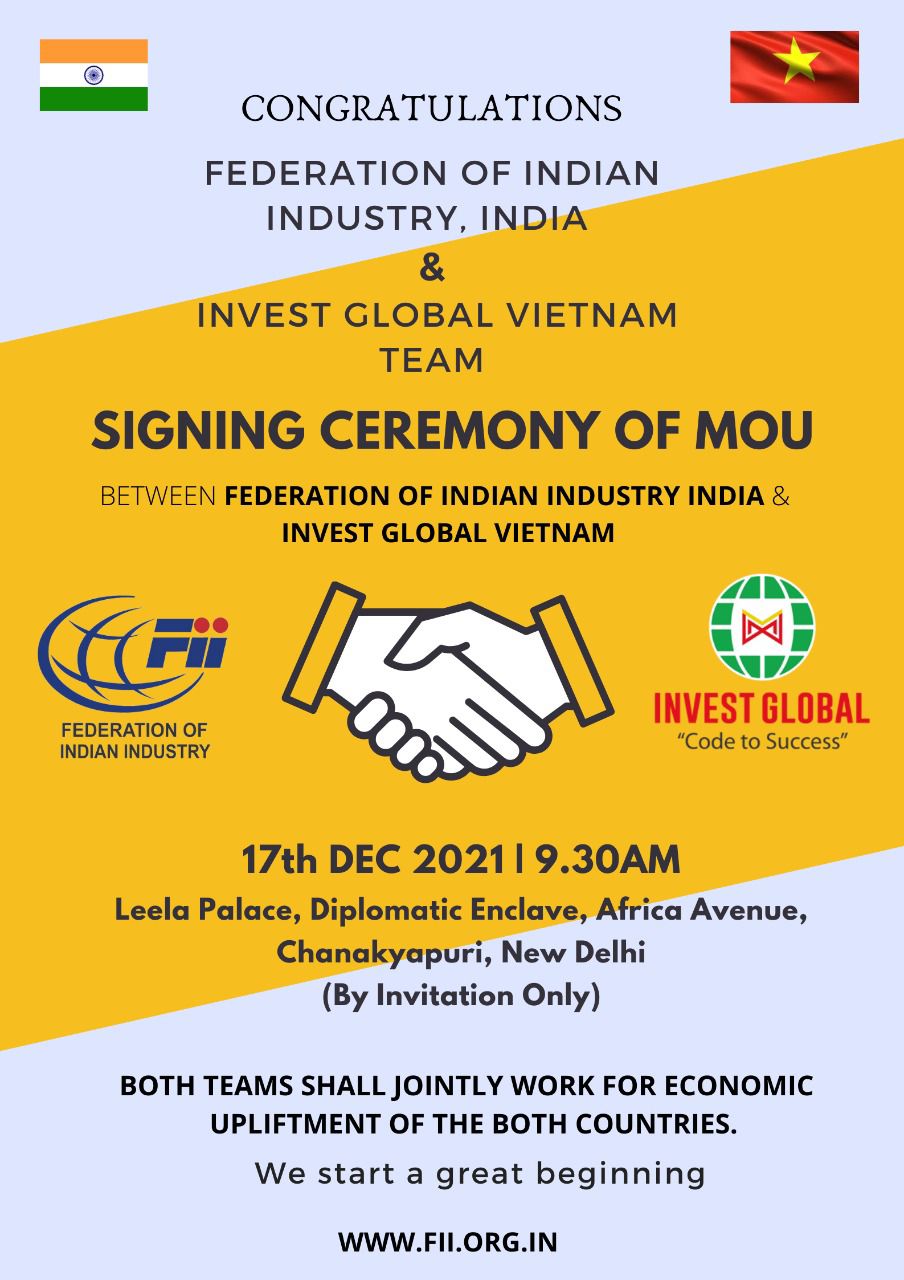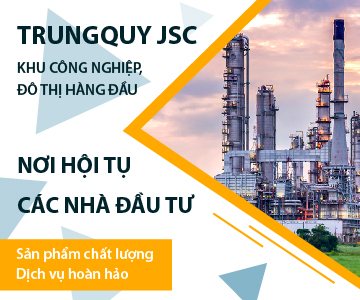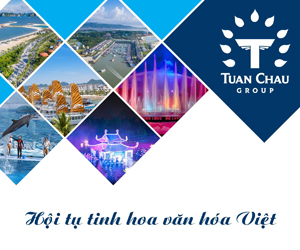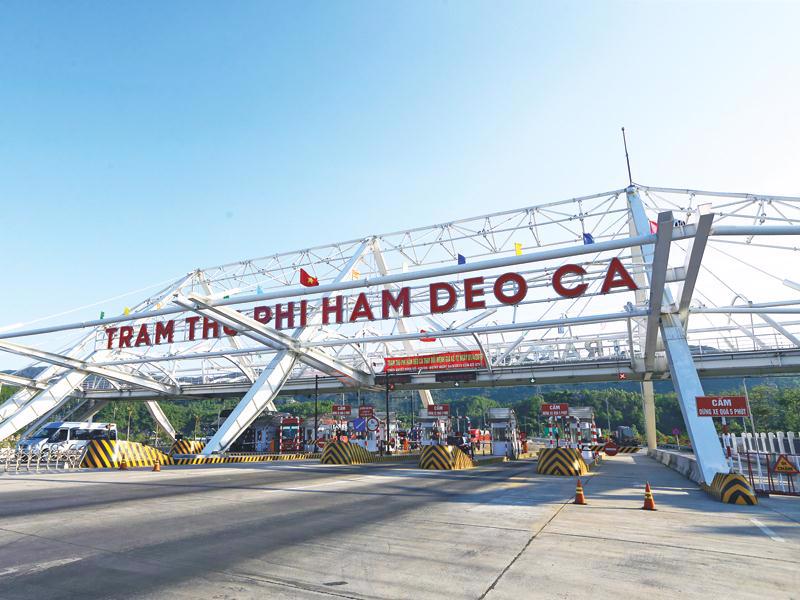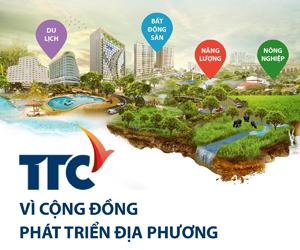INTERNATIONAL INVESTMENT
AND PORTAL
Vietnam has prioritised advancing its pharmaceutical industry, with a particular focus on developing a domestic generic industry to meet the demands of its citizens.
 Vaibhav Saxena, Former co-chair Indian Chamber of Commerce (left) & Vishwas Saraswat, Founder and director Leaps & Bounds Market-Entry Consulting Firm
Vaibhav Saxena, Former co-chair Indian Chamber of Commerce (left) & Vishwas Saraswat, Founder and director Leaps & Bounds Market-Entry Consulting Firm
Vietnam’s pharmaceutical industry has been growing for the last 8-10 years and has become one of the strongest markets in the region. Currently, it is worth around $7 billion and is expected to reach $16 billion by 2026, as per market research firm IMB.
The market has been dominated by domestic firms in some sectors, but lately global brands like Abbott, Bayer, Nipro, Sanofi, Taisho Group, and B.Braun have been performing very well and making this industry even more competitive and attractive for global investors.
India, on the other hand, has come a long way in developing its pharmaceutical industry and has become the pharmacy hub of the world. India’s pharmaceutical sector is worth around $42 billion with an enormous trade surplus of $11 billion in 2021. India’s robust pharma industry also contributes 20 per cent to the global supply chain. The industry has been growing 10-12 per cent every year and is poised to become worth $65 billion by 2024.
One of the more unique initiatives taken by the country in 2004 was to establish 2,400 acres of Pharma City, which is houses over 100 industries including research and development units, manufacturing of APIs, and production of drugs.
Similar initiatives were taken in 2018 to create Hyderabad Pharma City, which is expected to attract investment of $9 billion and generate employment for more than 500,000 people. With the help of these initiatives, India could accommodate over 3,000 pharma companies, 11,000 manufacturing units, and export figures of around $24 billion.
Thanks to the focused approach by central and state governments, India has landmarked its contribution to the health sector by setting the goal of becoming the world’s largest vaccine and generic medicine producer in the world.
It is time that Vietnam takes a leaf out of India’s success as it has all the necessary elements to become the main pharmaceutical production hub of Asia-Pacific. Factors that already make Vietnam one of the most attractive destinations are a robust domestic market, more than a dozen free trade agreements, a strategic location, and deep availability of manpower.
In recent developments, Leaps and Bounds Consulting successfully facilitated Indian investors to sign an MoU with one of the largest industrial park developers in Vietnam, Dai An Group, to create a pharma city along the lines of Indian equivalents in the northern province of Hai Duong. The park will be placed over 1,000 hectares and will boast more than 20 units.
With the help of this upcoming venture, Vietnam can avail umpteen benefits to support its plan for self-reliance in the pharma sector, boost necessary infrastructure, generate more than 10,000 jobs, and also welcome foreign investment of up to $12 billion.
The companies in the park could supply drugs to Vietnam’s domestic market, export to various countries, and also cater to the entire ASEAN region.
This supports the plan of the government of Vietnam. In this decade, the government expects to develop the pharmaceutical industry in specialisation and modernisation, with the capability to compete with countries worldwide, as well as develop a modern, professional, and standardised system of drug distribution and supply. This paves the way for several opportunities to fall on track in the coming years.
It is good progress and the Indian pharma industry can deliver well with Vietnamese cooperation and bilateral engagements.
By Vaibhav Saxena and Vishwas Saraswat
